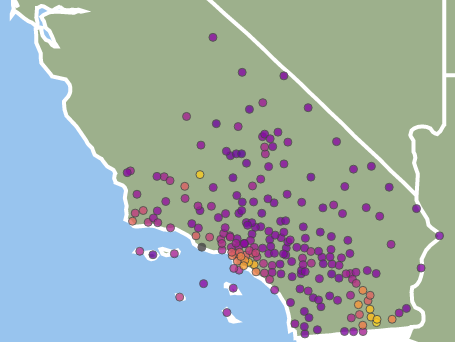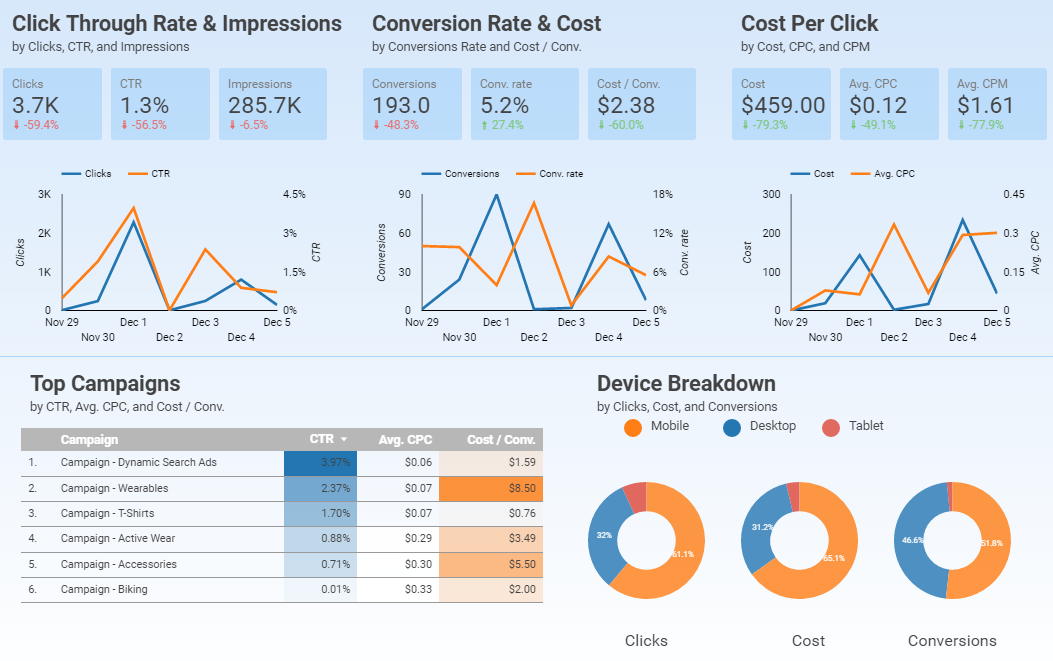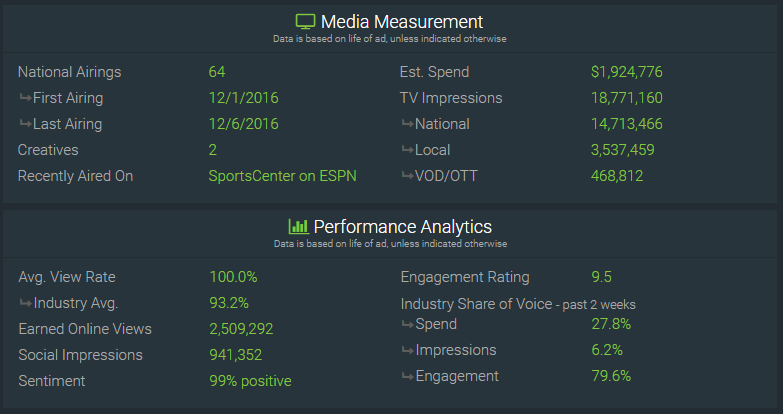Does traditional marketing in 2017 stand up to the value and robust options a digital campaign can offer? What are the strengths of a traditional campaign, and how do they differ from digital marketing offerings? Often, the goals you have for your marketing campaign will decide which is best.
Traditional, whether it be radio, print, direct mail, or TV, has the potential to reach a large number of people, and for some business, can be the perfect fix for a slow inbound lead channel. However, it doesn’t always generate the desired results, and often comes up short in the ROI department as it can be VERY costly from start to finish. Media and content creation alone can sometimes be more costly than the fee to promote! Let’s take a closer look at some of the key factors and compare these two marketing channels.
Interest/Intent of your Audience
Digital:
Ads are shown to users who search for related services or products, showing an interest in what you have to offer.
Traditional:
Ads delivered in passive manner to a potentially large audience where intent is not a factor.
Digital ads are shown to users doing searches for related services and products, showing intent to buy, or a desire to learn more before making a final purchase. These users are ripe and ready to contact a business they feel is trustworthy and able to provide that which they are in need of. Traditional is more of a broadcast approach in that it serves your message to all users in channel. In this manner, traditional works best for a product/service that is new and not known, such as UBER when it was first starting out.
Audience Targeting
Digital:
Targeting is nearly endless, from location and zip code or proximity to the office, down to if they are on a mobile device or desktop.
Traditional:
Targets can be managed by channel or niche of the publication or delivery method of mailers.

Targeting is one of digital’s strongest offers aside from tracking and reporting. Want to show ads on
Facebook only to people that have an income over 60k, are male, over the age 25, and have also liked a tattoo related page? You can do that. Want to show a promo ad, only to cell phones, when they are within 2 miles of your business? AdWords can do that. Traditional marketing is, at best, able to target an audience that is related to your vertical should you advertise through a channel that is dedicated to your niche, though the viewers interest and intent are often mixed.
Cost of Digital and Traditional Campaigns
Digital:
Only pay when action on your ad is taken, budget is self set, adjustments can be made at any time to budget for the month, or cost per click
Traditional:
Fixed price, no cost per action

I put together the above graph (source) to show the average cost of some of the top marketing channels. They do not include the cost of production for the media, and often that extra cost can make some traditional channels out of reach for a local business. Digital on the other hand offers flexibility in cost, adjustments on the fly, and you typically only pay when action is taken.
Functionality of Marketing Channel
Digital:
Users are brought onsite and can engage with other offers that you may not have been advertising, as well as all the other features and offers available to a digital platform
Traditional:
Print and Video ads don’t have much to offer in terms of functionality, and getting a viewer of your ad to go from the consumption of media (TV or print) to your website is not only rare, but nearly impossible to track without additional resources.
What more needs to be said? Comparing the functionality of a website to print media is like comparing a rock to a race car. The biggest rub for traditional advertising is getting the user to stop the current action of consuming media, to getting them to your website or making a call.
Reporting and Tracking

(example AdWords report made with Data Studio)
Digital:
Digital ad platforms provide a wealth of data, from views to clicks, and everything in between. With goals and conversion tracking, you can report on everything from time on page, to how far the scroll.
Traditional:
Reports, true ROI, or even engagement metrics can’t be accurately reported on. Even with the use of additional resources, you still have to rely on the user to stay “in funnel” in order for you to get some reporting.
There is no better reporting than that which is offered with digital marketing campaigns. From a robust dashboard, to automated reporting, you can track and report on everything. With traditional, you get an unverifiable “reach” number. This number typically is inflated, and rarely gives you insight into how many people actually watched, read or even really absorbed the media your ad was contained in.
It is worth mentioning that there are companies out there working hard to improve reporting options for traditional channels. Below is an example of what you can expect to find with www.ispot.tv reporting options. Keep in mind, this service is an additional cost to your campaign.

Example of some of the reporting available from iSpot.tv
With all things marketing, there are always variables to consider. When it comes to comparing what marketing tactics or channel is best, your answer should always be determined by your goals, and the budget available to obtain them. In the end, both channels have their pro’s and con’s about them, and money can be wasted or made.
Here at Proactive SEO Solutions, we help local and small business owners make the most out of their advertising budgets. From crafting a localized direct mailer campaign that runs in parallel to a social media push, to thoughtful and creative re-marketing campaigns that keep past visitors engaged. Contact us today for a free consultation of your current marketing efforts, we’d love to help your business grow!


